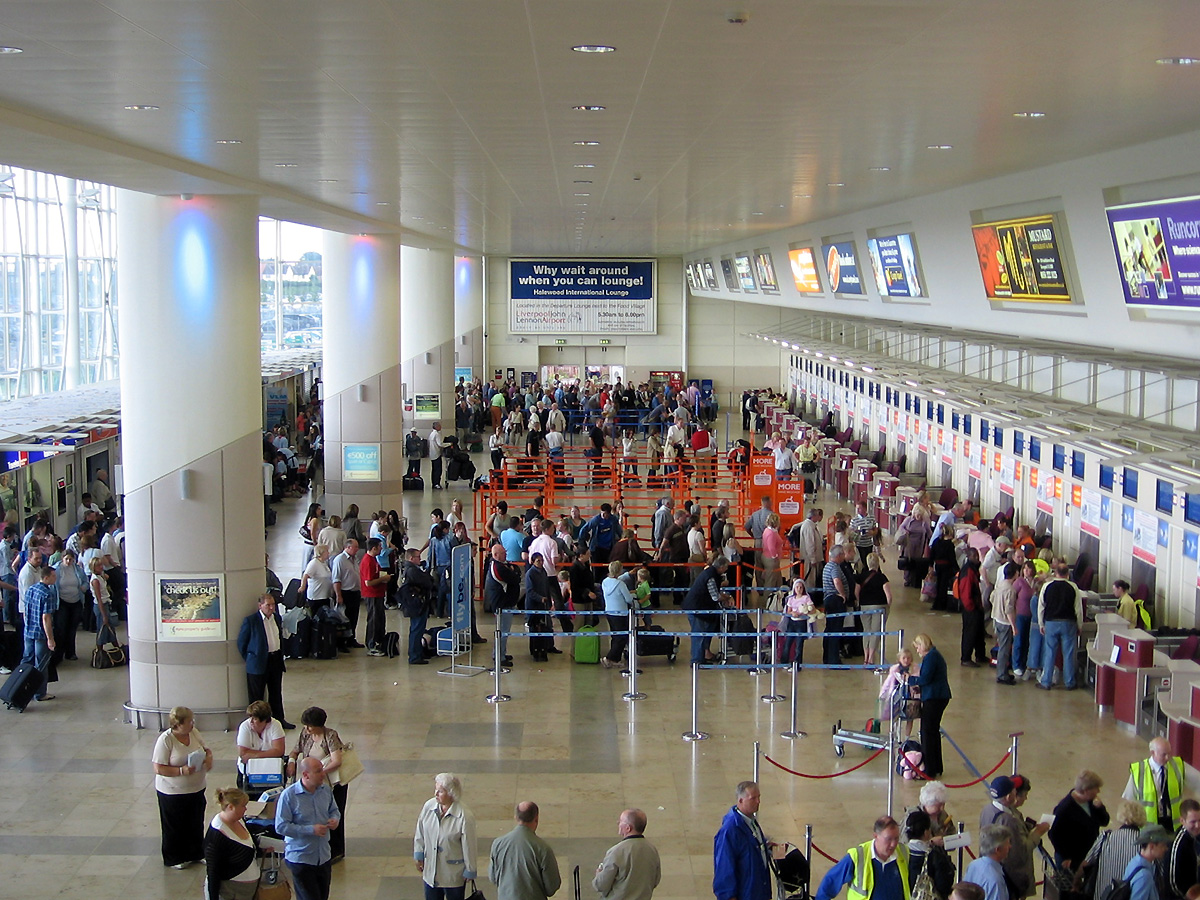Checking in at airports is definitely taking longer these days due to the current staff reductions and added security checks. It makes the whole process longer and more unpredictable. A surprising 40% of US passengers get anxious about travelling, making the stress of the airport seem overwhelming. Streamlining your airport experience can be easily achieved with a bit of forward planning and using these helpful tips.
Get there Earlier
The two hour rule no longer applies. This timeframe now often leaves you with marginal time to buy a magazine, give the kids a final washroom stop, or buy a pre-flight snack. Getting there three hours earlier give your that extra hour and will leave you less stressed with lots of time to spare. Promptly check your luggage in and get through to Passport Control as early as possible. This will avoid the often over crowded rugby scrum and allow time to browse the shops, or maybe enjoy a leisurely coffee before embarking on your less specious in-flight surroundings.
Organize your Packing
Before leaving home, you need to familiarize yourself with your carriers’ baggage restrictions. There is nothing worse than having to fork out extra money if you are over-weight with excess luggage, or even worse, be forced to ditch something at the airport. If you are travelling with a budget airline, the typical allowance is 20kg for check in and 8kg for carry on, and these are strictly enforced. If you are prepared to pay more by going with a more traditional airline you usually get up to 30kg.
If you simply “have” to bring that something extra that tips the scales – such as sports gear or extra baby equipment – be mentally and financially prepared for the extra cost. Check to see if there is some sort of waiver for these things, as airlines do vary. If all else fails, a smile can go a very long way with a stressed out check-in clerk. Definitely do not get angry or demanding, as often these decisions are at the discretion of whoever is behind the counter and this could give you the opposite desired effect.
The restrictions to what you can take on board as hand luggage continue to tighten up. Do not take liquids, lighters, or anything remotely resembling a weapon. There are no exceptions to this rule and any contraband will be confiscated, so make sure you double check your bag before you board.
Do Your Paperwork
Most countries allow EU and USA citizens’ right of entry and will issue tourist visas upon arrival, but the majority of Asian countries will require a pre-arranged visa. Also, your passport needs to be valid for a minimum of 6 months prior to arrival. If you have e-tickets, print them out. There are now apps where the airline will update any changes or delays remotely. Keep everything together in a travel wallet and safely store in an easily accessible place, such as your handbag or back pocket.
Be a Bit Posh
Even if you are flying economy, try to get to a check-in desk as close to premier as possible. These areas have much less traffic and could mean a shorter queue at security.
Complete your Departure Card
A departure or arrival card is required for entry into every country. It’s best to do this in-flight rather than when you arrive at Passport Control, or you may find yourself being told to get to the back of the line to complete, allowing more organized travellers through. Ensure you fill everything in correctly and double check before presenting. It is vital that the information you give is accurate and any anomalies may cause you unnecessary delays while passing through Passport Control.
Get Through Security without a Hitch
This process causes the biggest bottleneck in the entire flight system. Everyone and everything has to pass through the x-ray machines and airport security is on high alert now more so than ever. Often we forget to take off simple items like belts and earrings, sending the alarms bells buzzing. Here you will be asked to put your carry-on luggage onto a plastic tray to go through an x-ray, including your wallet or handbag. Take out your keys, coins, electronics – such as your phone or PDA, jewellery, shoes and belts and put them in a separate plastic tray for easy retrieval once they have been checked. With this done, you should fly through.
Stake Out your Gate
Get as close to your boarding gate as possible. Some airports are mini cities and there is a good chance your gate could be up to a 30 minute walk away. Don’t go straight through to your departure lounge just yet, you may find you are the only one there for a few hours. Grab a bite to eat, check out the shops, have a meal or coffee, or just simply get stuck into that great novel you have bought with you for this sole purpose. Try not to clock watch, but do keep an eye on the departure board, as many airports will only show boarding information 15 minutes prior to departure.
Don’t Forget a Pen and Paper
It’s good to have a pen and paper handy for all sorts of reasons when travelling. When you get given your arrival or departure cards, having a pen on hand prevents you having to rummage through your over-head luggage or having to borrow one from another passenger. This is also vital if you need to get any assistance with writing down instructions in a foreign language for taxis etc.
Get Familiar with the Transport
When you arrive in a strange city, especially a non-English speaking one, it can be quite intimidating when it comes to getting an airport transfer. Check online with some of the travel guides, such as Lonely Planet, to see what the general gist is on costs, distances to your final destination, and general orientation – this helps for those not so reputable cab drivers who like to take the scenic route!

 En
En Es
Es Fr
Fr











